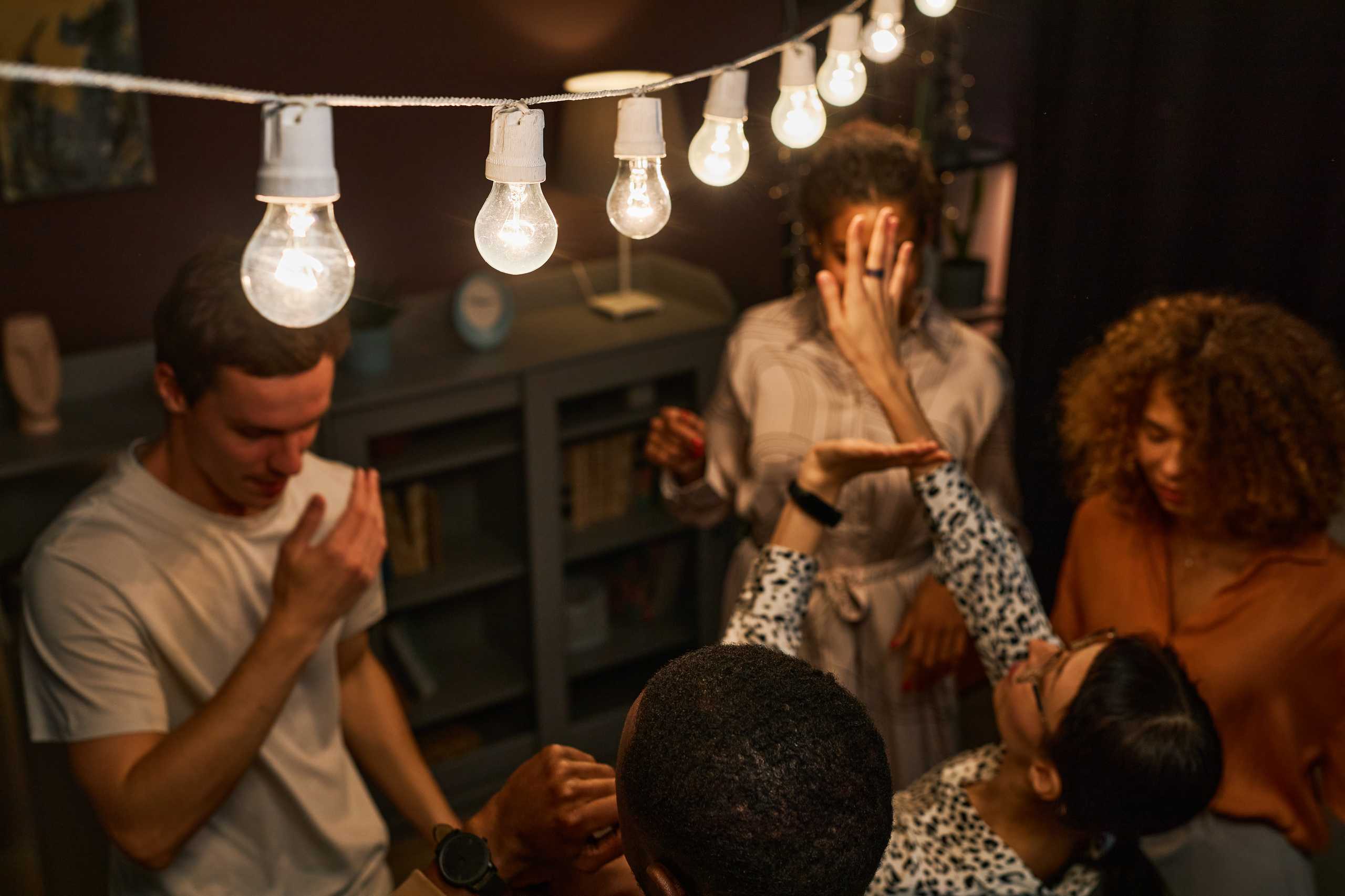Layered lighting is the key to creating dynamic, functional, and visually appealing interiors. By combining ambient, task, and accent lighting, you can craft spaces that feel comfortable, inviting, and tailored to your lifestyle. Understanding how each layer interacts is essential to achieving a harmonious balance.
Start with ambient lighting as the foundation. This provides general illumination for everyday activities and sets the overall mood of a room. Ceiling fixtures, recessed lights, or large pendants work well as base layers.
Next, incorporate task lighting for specific functions. Desk lamps, under-cabinet LEDs, and reading lights ensure that focused activities, such as cooking, reading, or working, are well-illuminated without straining your eyes.
Finally, add accent lighting to highlight architectural details, artwork, or decorative objects. This layer adds depth and dimension, drawing attention to focal points and enhancing the room’s character. Wall sconces, spotlights, and LED strips are ideal for this purpose.
Experiment with placement, brightness, and color temperature to create different moods. Mirrors and reflective surfaces can amplify the effect of your lighting layers, making rooms feel larger and more vibrant. Thoughtful layering also allows you to control flexibility, easily switching between relaxed evenings, lively gatherings, or focused work sessions.
By mastering layered lighting, your home transforms from ordinary to extraordinary, combining practicality, comfort, and style in every corner. With careful planning and attention to detail, you can design spaces that are both functional and visually captivating.

